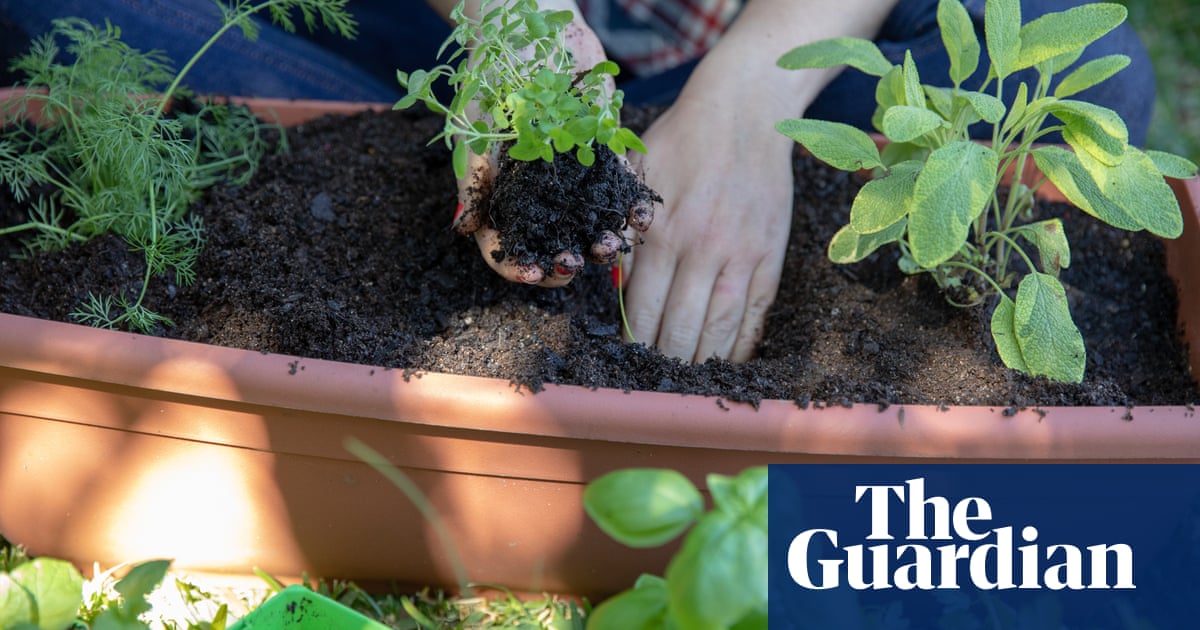Once a month, about 10 of us gather with our hand hoes, some gloves and a basket filled with snacks and wine. We rotate houses, either drawing names from a hat to see whose turn it is or choosing based on who hasn't hosted in a while. Once arrived, we set the kids loose to run amok, then dig in – literally.
"Gardening club" is a bit different every time but the constant is: we work hard, get our hands dirty, catch up on each other's lives and let the kids entertain themselves. Often gardening can feel like a private act – and a small environmental gesture in the face of climate change. But collective gardening can mean real, visible progress towards providing habitats for wildlife and lowering your carbon footprint – plus there are personal gains.

Find your community A task such as mulching a large area or planting en masse can be daunting for a person alone. However, gardening is an excellent case of strength in numbers. With over 50% of the world's population living in urban and suburban areas, home gardens actually surpass the area used by farming, which means that private veggie and ornamental gardens contribute significantly to lowering greenhouse gases and providing oxygen to the atmosphere.
Gardens offer food and shelter for pollinators and birds while reducing traffic noise and air pollution. Whether they are intended for food, flowers or simply beauty, gardens enhance the environment and the people living in it. Of course gardens require input.
Group gardening .
















